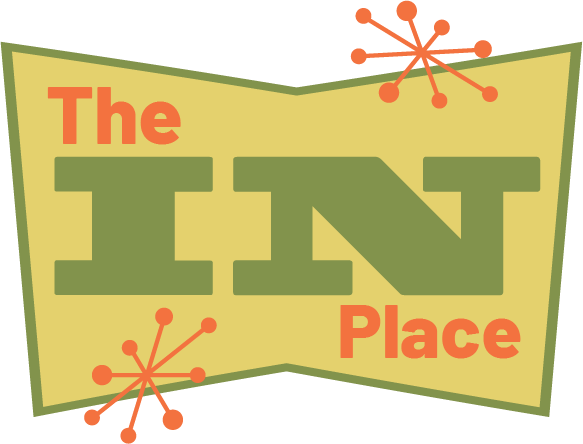hopefully you’re picking this up from last week and didn’t throw your phone or computer out the window when I left you with that cliffhanger.
but to pick up where I left off, the mindfulness is about noticing to notice. I’m a big fan of external reminders. I love alarms, audible calendar reminders, interval timers, checklists taped to the wall, visual cues, and linked behaviors. All of that stuff is great. But the question is how do you remember to remember. And I don’t know if there is a good answer to that in a very practical sense. But in a more meta sense, I think it’s about cultivating your presence in the moment. So when you’re looking at your to-do list, you’re not just looking at a bunch of things. You’re assessing them. And you’re assessing how you’re assessing.
I hope that last bit didn’t make your head explode. It sounds like a lot of work assessing your assessing. No value judgment here. It might be a lot of work. Until it becomes natural. I happen to be a pretty self-aware and introspective guy. I’ve also been a professional coach for 12 years. And I worked with a couple of therapists and a coach over the years. I think that leaves me in a pretty mindful space a lot of the time. Of course, managing my ADHD both pharmacologically and behaviorally is also a key component in me physically, neurobiologically being able to be present in the moment.
but let’s think about that to-do list for a I’ve always talked to my clients about interacting with their to-do list. And I’m not sure until now I even fully knew what I meant when I said interacting with. The to-do list, which by the way I am still working on my book about how to keep the perfect to do list for an add person, seems so simple. But it’s not. There’s the list itself. They’re the items that are on the list. There are the thoughts and emotions you have about those action items. And that can lead to other thoughts about yourself, your productivity, yourself worth. Your list can be a way to chastise yourself and feel bad. Or it can be an anchor bringing you back to reality. Or it can be a a thing of Hope that allows you to know nothing’s on fire and I don’t have to hold it in my head.
but I do think all of this requires interacting with the list on a deeper level. If you’re consistently putting things on the list that aren’t that important or consistently trying to feel busy by jamming your list full of stuff that doesn’t really need to get done, that’s going to put you in a place where you’re set up to be less successful at crossing things off the list. Then the list will make you feel less productive and you’re probably less invested in the list, which will actually make you less productive. Vicious circle. So when we’re looking at our list, we’re not just asking what’s the next most important or urgent thing I need to do. We should also be asking what’s my scope? Am I being reasonable with all of the things that I’m expecting myself to get done? Do I need support? Do I need to let some of this stuff go? Do I just need to manage my own anxiety and start knocking things off one at a time?
and all of that is mindfulness. It’s being mindful of your situation it’s being mindful of to your decision making process. It’s being mindful of context. And context is so key. I’m going to pick up with contacts next week.
